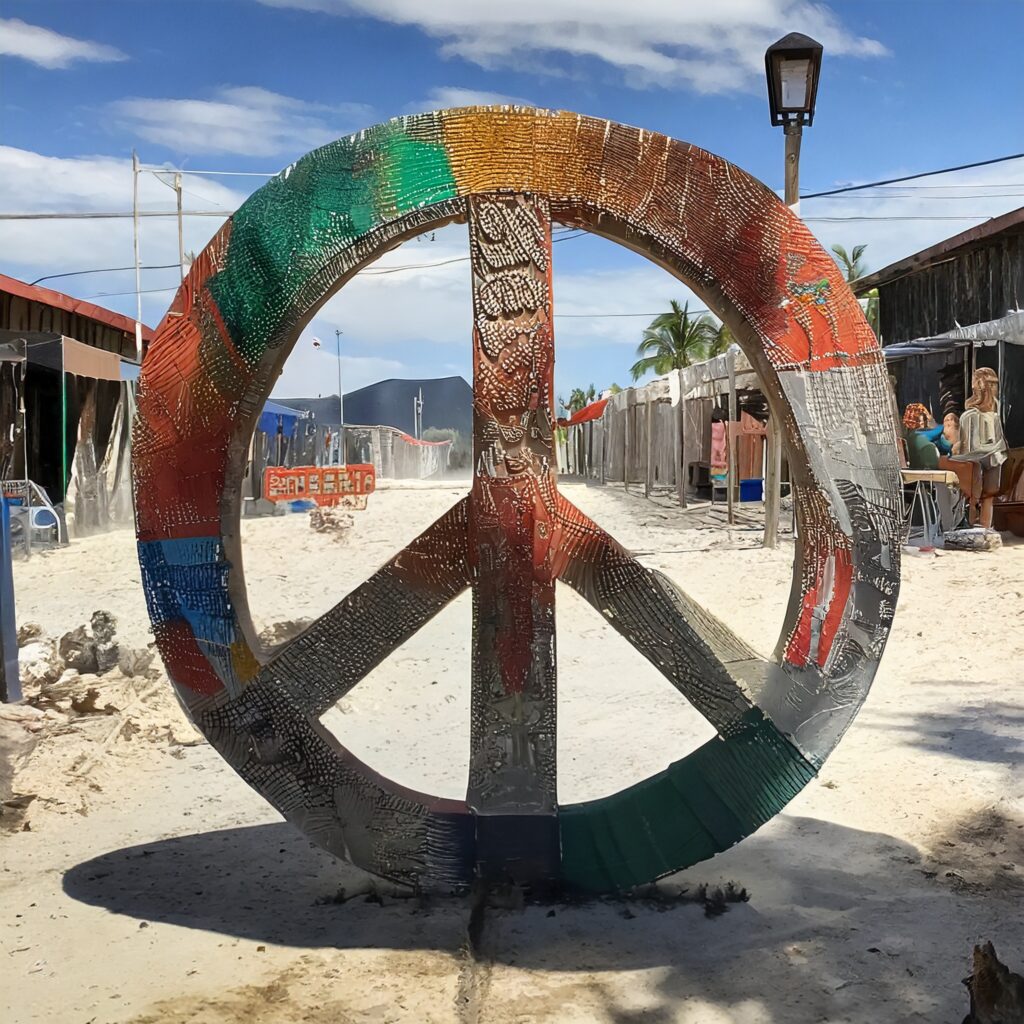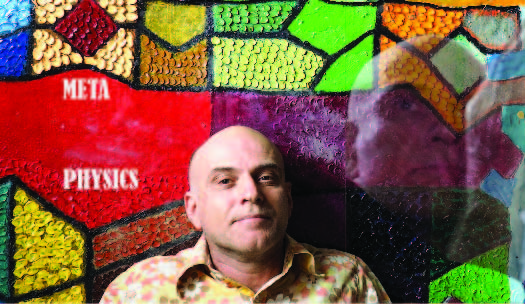A Dialectic Between General and Particular Conscious States
The discourse on art and human consciousness is a labyrinthine terrain, fraught with intricate philosophical quandaries. At the epicenter of this discourse lies the concept of phenomenological experience, or ‘Qualia,’ as it pertains to the artist—more specifically, the painter. Drawing upon the philosophical traditions of both Western thinkers like Wittgenstein and Eastern canons such as the Upanishads, this essay aims to dissect the role of consciousness in the act of painting, navigating the tension between general paradigms of consciousness and the particularities of a painter’s experience.
The Painter’s Qualia: An Ontological Prelude
Let us begin by considering the phenomenological experience of a painter, which serves as a microcosm for broader questions about consciousness. Take, for instance, the experience of the color ‘red.’ In the painter’s perception, the experience of ‘red’ is an immediate apprehension of ‘redness,’ devoid of any subsequent judgments about its properties. This raw experience, or Qualia, is what the painter confronts before any rational choices or judgments are made.
The Dialectic of Consciousness: General and Particular Paradigms
The crux of the matter lies in reconciling this immediate phenomenological experience with broader paradigms of consciousness. On one hand, we have the general framework of consciousness, which encompasses direct visual experience, other sensory experiences, bodily feedback such as pain or pleasure, and emotional states like anxiety or happiness. On the other hand, we have the painter’s specific experiences—be it the hues of Pilbara red, Alizarin crimson, or Indian red. How do these particularities fit within the overarching paradigm of consciousness?
The Role of Phenomenal Experience in Artistic Creation
If we accept that the painter’s judgments are based on rational choices, distinct from their immediate phenomenological experiences, then what role does this phenomenal experience play in the act of painting or in art more broadly? One possible response, echoing the dialectical reasoning of Bertrand Russell, is that phenomenal experience serves to inform a rationale or algorithm for artistic depiction. This rationale is not an isolated construct but is deeply embedded within a social context, specifically an ‘in-group.’
The Social Context of Phenomenal Experience
The ‘in-group’ serves as a social framework within which the painter’s experience becomes prototypical of certain expectations. However, it is crucial to note that this prototypicality is not contingent solely on the painter’s experience. What is sufficient is that at least one member within the in-group has a phenomenal experience that selects a particular artistic depiction as both authentic and representative of that experience.
In conclusion, the role of consciousness in art, particularly in painting, is a complex interplay between general paradigms of conscious states and the particular phenomenological experiences of the artist. By examining this dialectic, we not only gain insights into the philosophy of mind but also enrich our understanding of the social and ontological dimensions of artistic creation.

